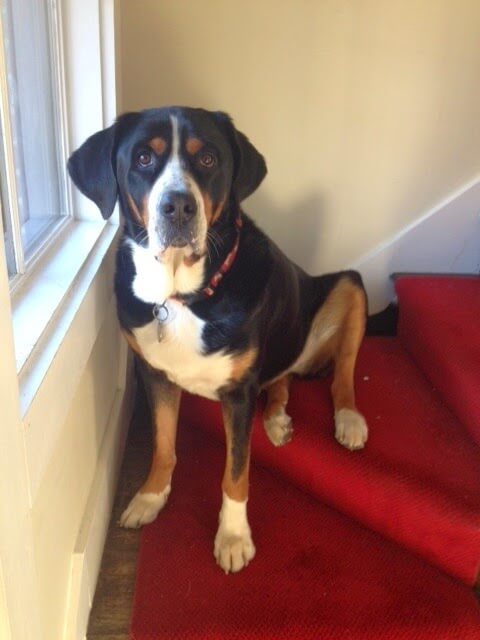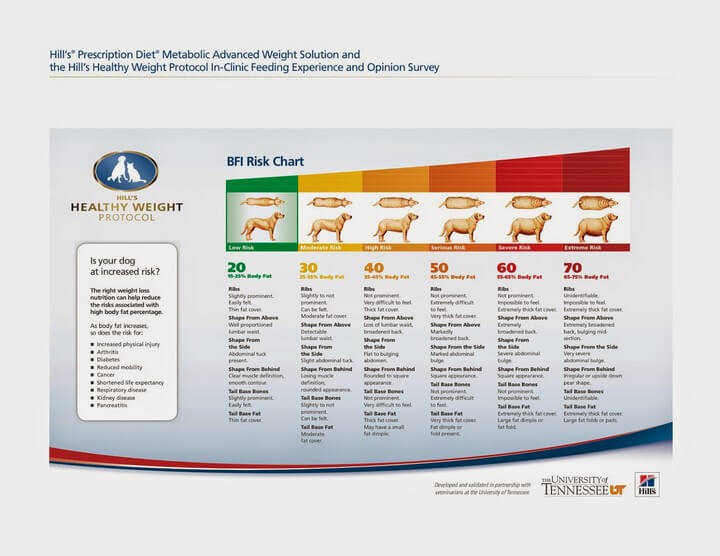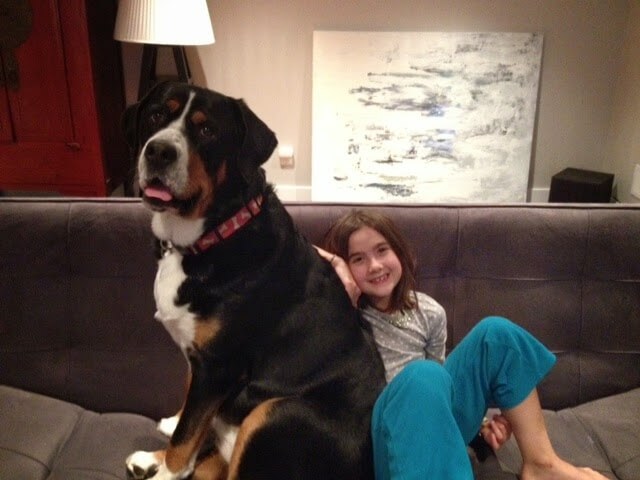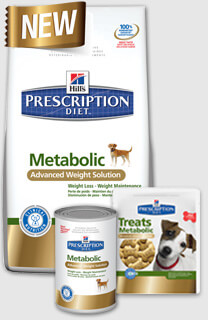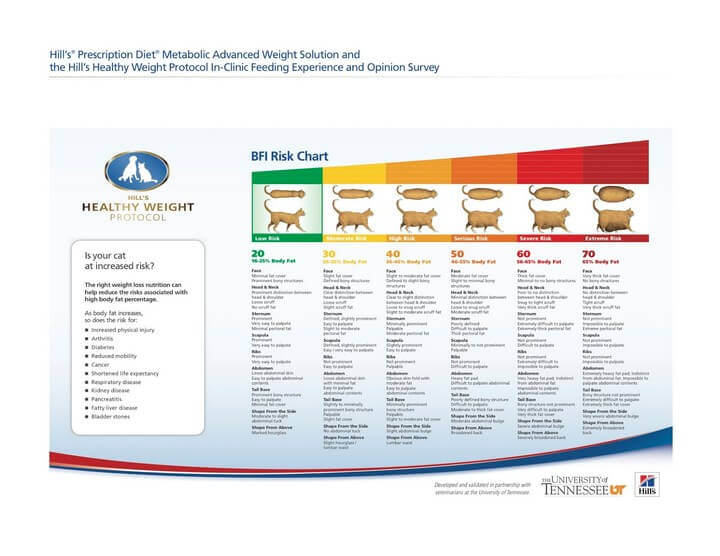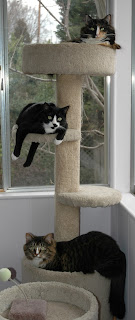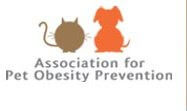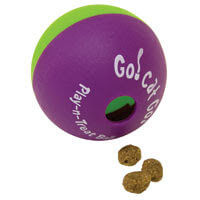| Frank asking for dinner |
For example, the type of food a puppy is given can affect how his bones grow and whether or not he may develop arthritis later in life. This is even more important with large and giant breed puppies. For these not-so-tiny guys, it is critical to choose a food that has been specifically formulated for their unique nutritional needs during the growth phase of life. Feeding large breed puppies something that is too high in protein or has inappropriate calcium to phosphorus ratio may result in abnormal joint development.
Where it gets tricky is that even though a bag might claim
it is formulated for large breed puppies, there are no specific regulations on
what constitutes a large breed puppy formula. This is why it is important to find a brand of food that you
have researched and determined that they really know how to make a high quality
diet. Anyone can purchase a
formulation for pet food, manufacture a product and sell it without ever
feeding it to an actual dog or cat.
It is very difficult to tell from looking at the catchy logo on the pet
food bag whether or not that diet has any research to back it up.
Pet owners should look to their veterinarians for specific
recommendations on what food would be ideal for their particular pet’s lifestyle
and life stage. Both owners and veterinarians alike
should call a pet food company and verify that they are following the minimum
standards for developing and selling pet food. What are those minimum quality standards?
What All Pet Food Companies Should Do
I feel that pet food companies should have veterinarians and
veterinary nutritionists on staff developing their diets. Companies should
perform feeding trials and extensive research on their diets to ensure that it
is actually complete and balanced to meet the nutritional needs of the pets it
was created for. There should be
safeguards in place to ensure contamination from toxins or pathogenic bacteria
are not reaching our pets in the marketplace. A pet food company should also have its own manufacturing
plant to control exactly how a food is made, packaged, stored and shipped.
Finding a brand you trust is the first step, then you need
to find a diet that fits your pet’s unique needs. Again, this is where a consultation with your veterinarian
can be so helpful. You need to
make sure that your pet is not overweight or obese. If so, perhaps he would
benefit from a diet that is lower in calories. Or maybe your senior kitty would benefit from some canned
food to help increase her moisture intake to better support kidney
function.
Good nutrition is the foundation to a long, healthy and
happy life with your pet. Choosing
a high quality food that best supports your pet’s particular lifestyle and life
stage is the best way to achieve this.
***
To better help pet owners find that perfect diet for your
beloved pet, Hill’s Pet Nutrition is offering a $10 off promotion on select
Hill’s Science Diet products. They
have several foods within their product portfolio to meet your pet’s special
needs and help you provide a healthier and happier life. From weight loss, to oral care, to
hairballs or joint health, they have a food to help manage your pet’s special
situation or condition. Check out www.ScienceDiet.com/GetHealthyHappy
to download your rebate today!






